Knee Hyperextension
What is Hyperextension?
- When the knee joint bends incorrectly, it can cause damage to the knee ligaments and result in a hyperextended knee, also known as knee hyperextension. Athletes who participate in high-impact sports frequently get the illness. Treatment options for it include rest, painkillers, and even surgery.
- For athletes, hyperextended knees are a common injury. You can heal from mild hyperextensions at home with rest, ice, and other home remedies. Surgery is not necessary. Don’t ignore your symptoms or play through pain. This has the potential to aggravate minor injuries and cause more serious ones, such as torn ligaments.
- An injury known as a hyperextended knee results from bending your knee farther back than is normal. Your knee’s connective tissue—the tendons, ligaments, and cartilage that hold it in place and facilitate movement—is subjected to significant force from sports-related injuries and other traumas. A hyperextension injury can result from any force pulling your knee farther back than usual. When you try to put weight on your hyperextended knee, it may feel unstable or “buckle.”
- Knee hyperextensions can range in severity from minor injuries that can be treated at home to more serious ones that require surgery to correct.
How to Identify Hyperextension of the Knee:
A hyperextended knee may result in the following symptoms:
- Knee Pain: Your injured knee may be in mild to severe discomfort.
- Poor Movement: It could become harder for you to flex or straighten with an injured knee.
- Swelling: You can experience stiffness and swelling around the injured knee.
- Poor Stability: It could feel weak in the affected knee, making it hard for you to stand or walk.
- In extreme circumstances, you might sprain a ligament close to your knee. The anterior cruciate ligament (ACL) is the main ligament that is at risk for injury.
- Any discoloration or bruises.
- The knee not moving as easily as it used to.
Causes of Knee Hyperextension:
- When your knee bends backward and results in swelling and tissue damage, it is referred to as a hyperextended knee. The two ligaments in the middle of the knee, the ACL and the PCL, receive the most of the damage. These ligaments aid in regulating knee mobility by joining the shinbone and thighbone.
- A hyperextended knee might result from a poor landing after a jump or after a bad fall. Although anyone might be affected by this condition, athletes are more prone to engage in activities that put their ligaments at risk. This is because practicing high-impact sports like gymnastics, basketball, and soccer can result in severe harm to the knee, which can cause knee hyperextension.
- ACL injuries are more common among female athletes. Moreover, persons who are overweight or obese, have weak knee muscles, or have had prior knee injuries may also experience these kinds of knee issues.
- Tiny bone fragments breaking off the main bone can also occur in young children as a result of knee hyperextension.
- Hyperextended knees vs. ACL, PCL MCL, and LCL tears:
- Different types of knee injuries include ACL tears, PCL tears, and hyperextended knees. Additionally, sports injuries are the most common cause of all of them.
- Your shin bone (tibia) and thigh bone (femur) are joined by your PCL (posterior cruciate ligament) and ACL (anterior cruciate ligament). Both of them intersect at the center of your knee. Your PCL runs down the back, behind your knee, while your ACL is located in the front.
- The lateral collateral ligament (LCL) and medial collateral ligament (MCL) are located on either side of your knee. They help during sideways movement and support your knee.
- One or more of your knee’s ligaments can suffer damage as a result of an injury, including during a hyperextension. Ankle and MCL injuries are frequently caused by severe hyperextensions.
- You may damage or tear ligaments without hyperextending your knee, however, not all hyperextensions result in ligament tears.
Diagnosis and Tests
How is a hyperextended knee diagnosed?
- A physical examination and imaging tests will be used by your healthcare professional to diagnose a hyperextended knee. They will examine your knee, discuss your symptoms with you, and determine the extent of your knee limitation.
- You will likely require at least one kind of imaging test, such as:
- X-rays.
Magnetic resonance imaging (MRI).
A CT (computed tomography) scan.
Your doctor will be able to see the damage within and around your knee with the aid of these. If you have a more serious injury, such as a torn ligament, it will also be visible. - Your doctor will do a physical examination to determine whether you have a hyperextended knee. They will ask you to bend your knee at various angles as they apply pressure and monitor your knee’s movement. If your knee is tight or swollen with joint fluid or blood, they will remove it using a needle. In order to determine whether you have fractured any bones, your doctor could also recommend that you have an MRI to look for ligament damage.
- These tests’ outcomes may lead your physician to decide that you have a sprained ligament. Severe occurrences result in either a partial tear or a divided ligament. Surgery is frequently needed for more severely injured ligaments.
Treatment of Knee Hyperextension:
The severity of your damage determines the course of treatment for your hyperextended knee. If your symptoms are not too severe and there is no internal injury to your knee, you can treat your hyperextended knee at home with the RICE method:
- Rest: Avoid engaging in activities that do you harm. While the knee heals, avoid overusing it.
- Ice: Four times a day, for fifteen minutes at a time, apply a cold compress to your knee.
- Compression: To help with swelling reduction, you can bandage your knee using elastic.
- Elevation: As often as you can, raise your leg and knee above your heart.
- Lift the leg: Keep the leg raised above the heart whenever possible.
- Brace: While recovering, a knee brace could reduce the strain on damaged tissues.
- Maintain motion: Prolonged immobilization of the knee, beyond two to three days, raises the risk of chronic stiffness and further problems.
- Medication: Anti-inflammatory drugs can be taken to lessen discomfort.
Physiotherapy treatment of Knee Hyperextension:
prescribed actions to reduce additional harm and optimize recovery
Knee and Calf Stretch:
One form of knee physiotherapy that helps people with knee problems is calf stretch. The following are the steps that are involved in this activity:
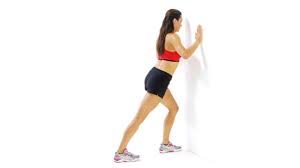
- Press up against the wall.
- Take a step back, placing your hands on the wall as much as you can. With their toes pointing forward, heels flat, and knees slightly bent, both feet need to strike a pose.
- Lean into the stretch and hold it for thirty seconds.
- Continue with the opposite leg.
Quadriceps Stretch:

Your quadriceps, or the muscles in front of your thighs, are the target of this stretch. Your quadricep muscles will become more flexible with the help of this workout for your hip flexors.
Hamstring Stretch:
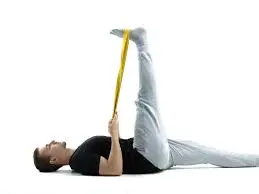
The muscles at the back of your thigh, or hamstrings, are the main target for mild stretching. Stretching should be felt in the base of your glutes and the rear of your leg. If you flex your foot, you could feel a strain in your calves.
Straight Leg Raises:
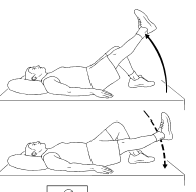
- Even if you have knee pain, straight leg lifts can assist in maintaining the health of your knees by strengthening your quadriceps. Lay still on the ground. With one foot firmly placed on the ground, bend one knee.
- Bring the other leg up to the level of the bent knee. Make use of your abdominal muscles to keep your pelvis in position. Your physical therapist may suggest several repetitions for each leg.
The Bridge:
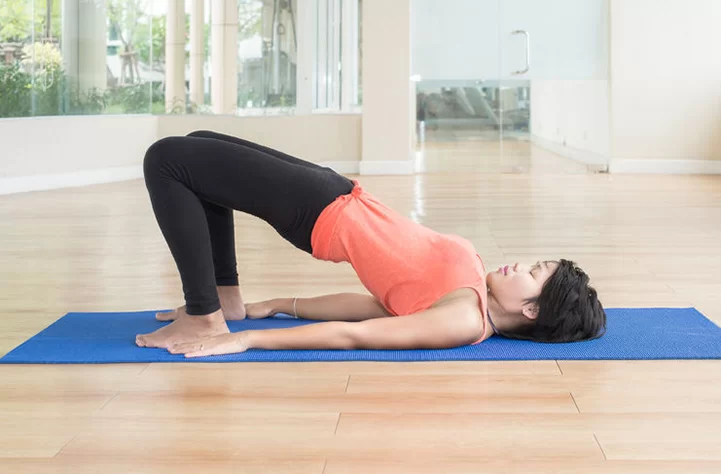
- Still resting on the floor, bend both knees and keep your feet hip-width apart. Raise your hips as high as you can with your glutes to form a bridge.
- You’ll feel exhausted in your hamstrings and glutes. Next, attempt to lift your toes while maintaining your heels on the ground. Repeat as many times as necessary after bringing your hips back to their starting position.
Prone Straight Leg Raises:
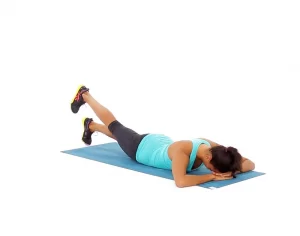
Keeping your legs straight, roll onto your stomach. Hold one leg up toward the ceiling for three to five seconds while squeezing your glutes. After about ten repetitions, or however many are recommended, change sides.
Wall Squats:
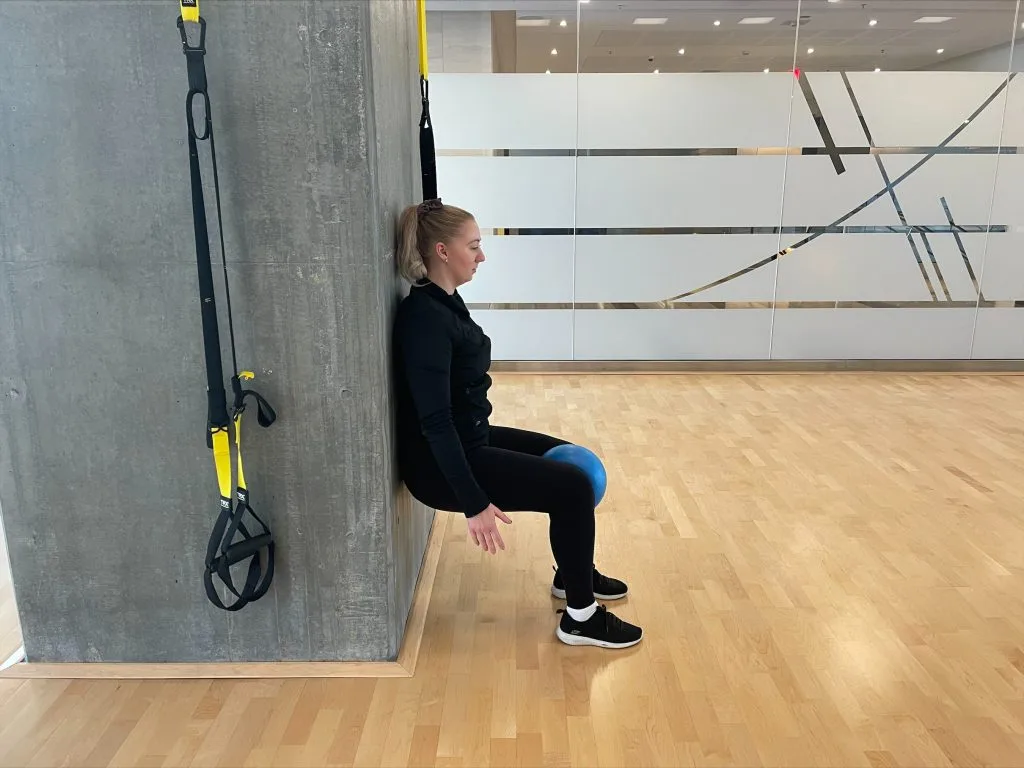
- For this activity, you can utilize the wall or an exercise ball. During your session, your physical therapist can demonstrate the wall squat technique so you can practice at home.
- Position your feet shoulder-width apart and lean your back against a wall. When your possessions are nearly parallel to the ground, slowly bend your knees while maintaining your full back against the wall. Using your glute muscles, Hold for five to ten seconds, then slowly return to standing against the wall.
Hyperextended knee surgery:
- After a hyperextended knee, surgery is rarely necessary. But, you might require surgery to repair torn tendons like your ACL or PCL if the injury that resulted in your hyperextension injured those tendons.
- The majority of the time, knee replacement surgery is an outpatient procedure, meaning you can return home the same day. To repair the ligaments inside your knee, your surgeon will use a minimally invasive procedure known as a knee arthroscopy.
- A tendon tear or rupture can also occur from knee hyperextension, although this is less often. The most frequent tendon injury to the knee is an ACL rupture, which can happen when there is excessive hyperextension. Hyperextension can potentially result in PCL and popliteal tendon injuries, which may need surgical treatment.
- A severe reach can also injure other knee structures, such as the meniscus, and it is not unusual for more than one knee structure to suffer damage simultaneously.
What is the duration of recovery following a hyperextended knee?
- The severity of your hyperextended knee and any additional injuries you sustained will determine how long it takes you to recover. It should take a few weeks to a month to heal if your hyperextension did not cause any internal damage to your knee and you do not require surgery
- It can take several months before you can return to your regular activities if you require surgery to treat more serious injuries.
- Consult your surgeon or healthcare professional regarding a specific recovery schedule.
- It can take two to four weeks to recover from a minor to moderate sprain that results from a knee hyperextension injury. It’s critical to restrict activities that could put additional strain on the knee during this period and to keep treating pain and swelling.
- In many situations, surgically restoring a torn ligament results in full recovery and function return. Although it’s the most effective treatment for ACL injuries, it frequently requires a six-month or longer rehabilitation period.
- Physical therapy can shorten recovery time by helping to strengthen and restore the knee and surrounding muscles to their pre-injury state.
- A Trusted Source in Joints article states that recovery time can also be influenced by other patient characteristics such as age, gender, weight, injury mechanism, and surgical approach.
Prevention
How can I avoid having my knee hyperextended?
When connecting in physical activities, such as sports:
- Put on the appropriate safety gear.
Allow your body time to rest and recuperate after engaging in a demanding activity.
Before engaging in physical activity or sports, warm up and stretch.
After a workout, stretch and cool down. - Follow these general safety tips to reduce your risk of injury:
- Make sure nothing in your home or place of work could trip you or anybody else.
It is important always to utilize the proper tools or equipment when reaching for anything at home.
If you have trouble walking or are more likely to fall, use a cane, crutches, or walker.
Summary
- When the knee joint bends incorrectly, it can cause damage to the knee ligaments and result in a hyperextended knee, also known as knee hyperextension. Athletes who participate in high-impact sports frequently get the illness. Treatment options for it include rest, painkillers, and even surgery.
- For athletes, hyperextended knees are a common injury. You can heal from mild hyperextensions at home with rest, ice, and other home remedies. Surgery is not necessary. Don’t ignore your symptoms or play through pain. This has the potential to aggravate minor injuries and cause more serious ones, such as torn ligaments.
- An injury known as a hyperextended knee results from bending your knee farther back than is normal. Your knee’s connective tissue—the tendons, ligaments, and cartilage that hold it in place and facilitate movement—is subjected to significant force from sports-related injuries and other traumas. A hyperextension injury can result from any force pulling your knee farther back than usual. When you try to put weight on your hyperextended knee, it may feel unstable or “buckle.”
- Knee hyperextensions can range in severity from minor injuries that can be treated at home to more serious ones that require surgery to correct.
FAQ
How can I determine whether my knee is overextended?
The easiest tell is pain. The injured site, which is the knee, is the center of intense, localized agony. Most people report feeling or hearing a pop in their knee at the moment of injury. One of the main indicators that the pain that follows is caused by a hyperextended knee is this “popping” sound.
When one overextends their knee, what gets injured?
The tibia cannot move excessively and slide behind the femur because to this ligament. A posterior cruciate ligament injury (also known as Hyperextended knee) is the result of a partial or whole tearing or stretching of any portion of the ligament. Hyperextension, or overextension of the knee, is the usual cause of PCL injuries.
Can someone with a hyperextended knee exercise?
After suffering a hyperextended knee injury, it’s a good idea to give up the activity that initially injured you. This can imply missing a few games for an athlete. For the normal person, rest can entail wearing a brace or avoiding walking on the wounded limb.
How serious is a hyperextended knee?
The severity of a knee hyperextension injury varies according on the force applied to the knee. While acute cases may need surgery, mild cases usually get better with home therapies. A meniscus tear or damage to one or more of the four major knee ligaments can result from severe hyperextensions: Ligamento medial collateral (MCL)
With knee hyperextension, what is weak?
Reasons. Most long-term occurrences of hyperextended knees are associated with weak quadriceps. This is due to the fact that a patient who has weak knee extensors will obtain knee stability by locking their knee back, avoiding the need for muscle stability.

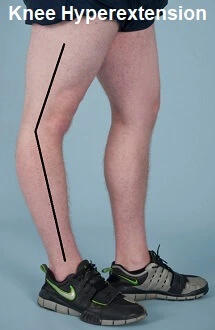
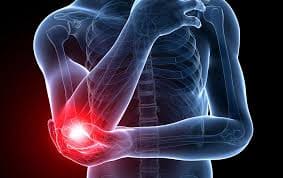
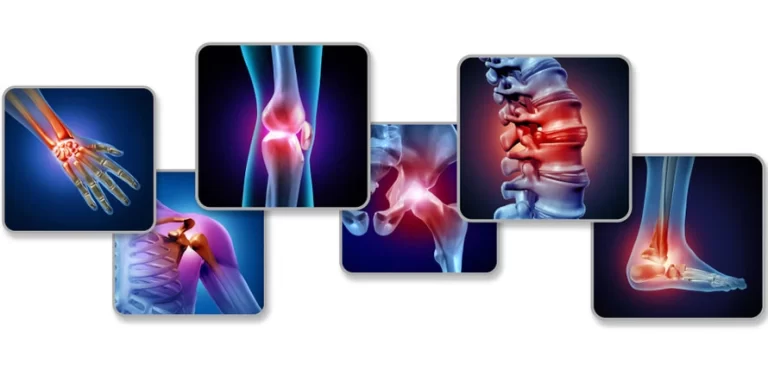
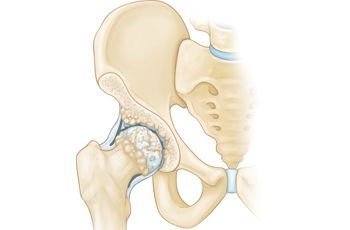
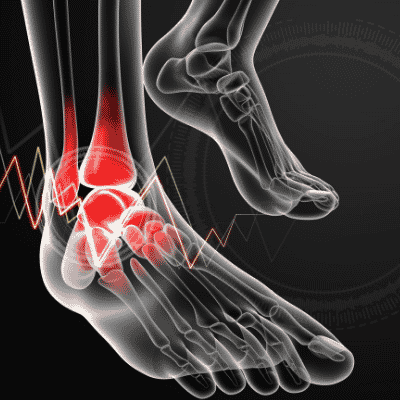
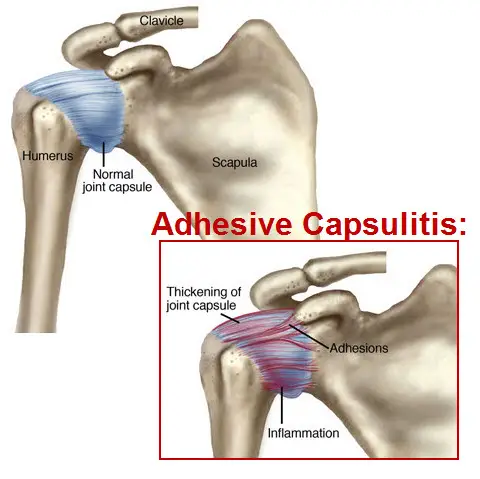
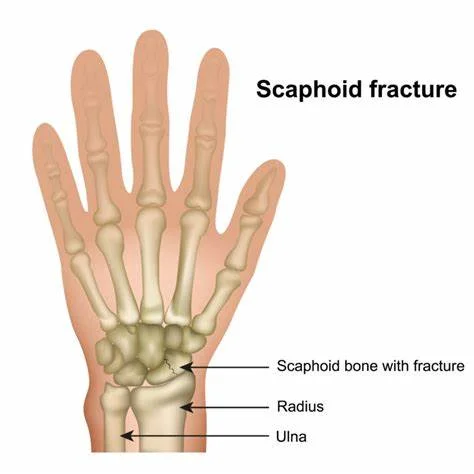
One Comment